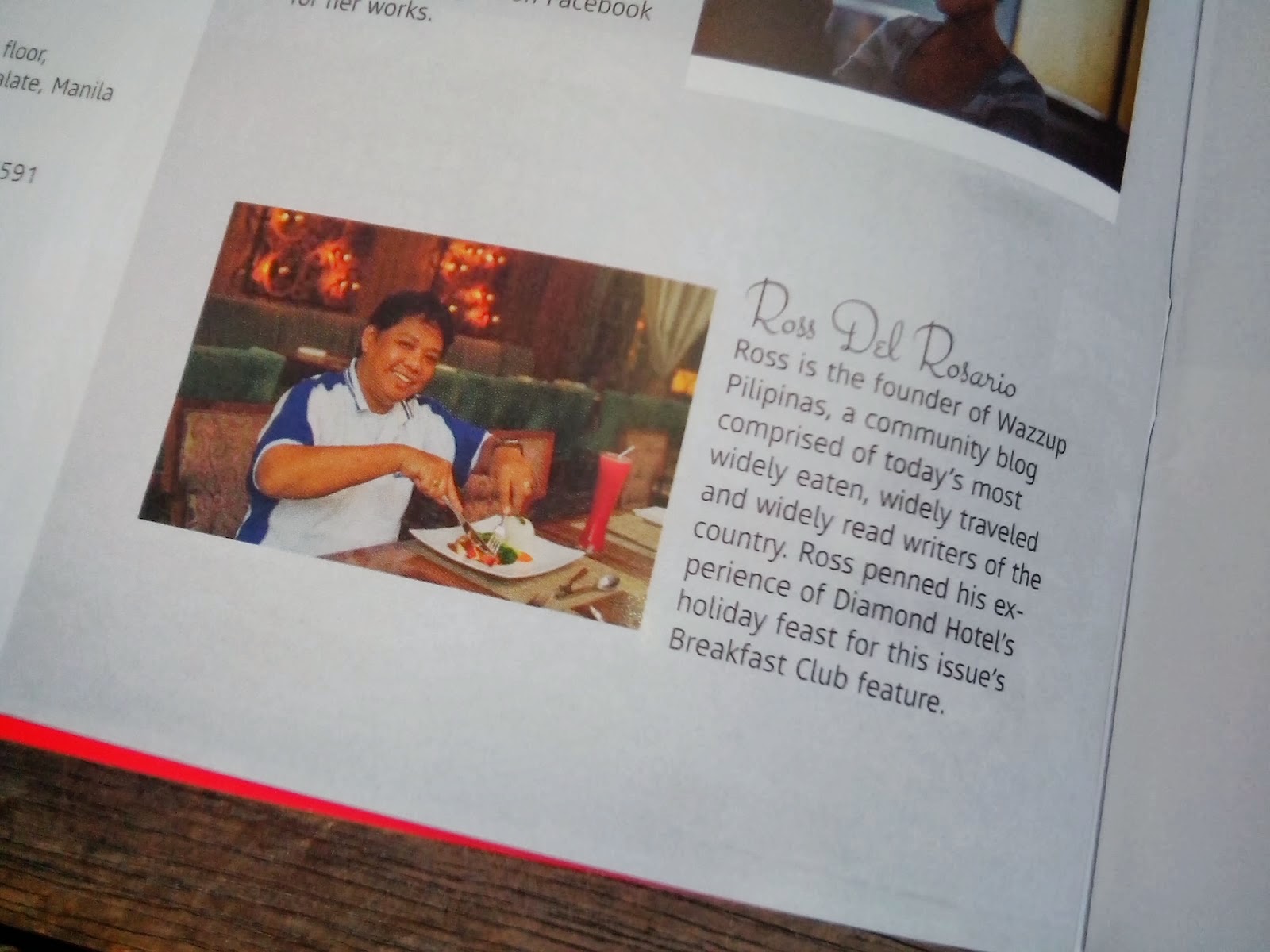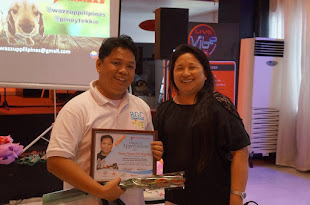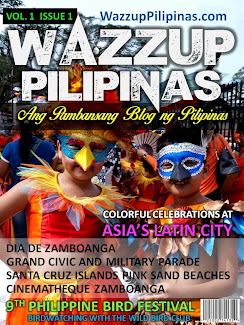Wazzup Pilipinas!
Catch naturalist, author and award-winning wildlife filmmaker Paul Rosolie attempt a groundbreaking feat by tuning in to ‘EATEN ALIVE?’ premiering in Southeast Asia on Sunday, December 28 at 9:00 p.m. on Discovery Channel.
Question: Could you talk a little bit about the snake-proof suit and how that was built to protect you?
Paul Rosolie: So they – we needed something that would be structurally strong enough to protect my body and the crush of the anaconda, so we made a carbon fiber suit. We brought in experts to do this, and we tested the suit with trucks. We used winches to actually bring the suit up to 300 psi, and when it didn’t break at 300 we took it farther – we said we’ll take it to failure – we’ll break the suit. We couldn’t break the suit, so we figured I’d be safe. We used shark armor on my arms to make sure that no teeth got through. We used a chemical layer to make sure that if I did get inside the snake, I’d be protected from the stomach acids, and we had communication, breathing. I swallowed a pill to transmit my temperature and heart rate out to the doctors. So the suit was incredibly high-tech. And I made some suggestions that would make it appealing to the anaconda, and then the engineers used their expertise to make it so that I would be safe.
Question: How did you come up with the idea of being eaten alive by a snake?
Paul Rosolie: Somebody asked me if it’s possible for a human to be eaten by a snake, and I told them that people have been eaten by snakes. It’s not been documented officially, but it has – in my experience in the Amazon – it has happened. So, very much joking, I said that I should make some sort of a suit that would protect me from the crush and I should get eaten and get spit out. I was joking. And then it turned into a, you know, once we talked about it, and realized how much it would excite people and how much, how, you know, the visibility of it – it started becoming a more enticing option and then we started pursuing it, seeing if it could be done, and then started putting together, you know, we used the opportunity of that, used the partnership with Discovery to start this study, to start raising money, and doing all this stuff to protect the habitat.














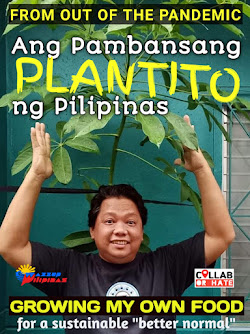




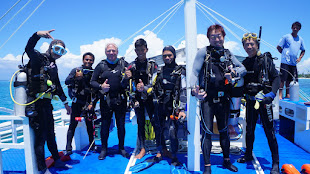
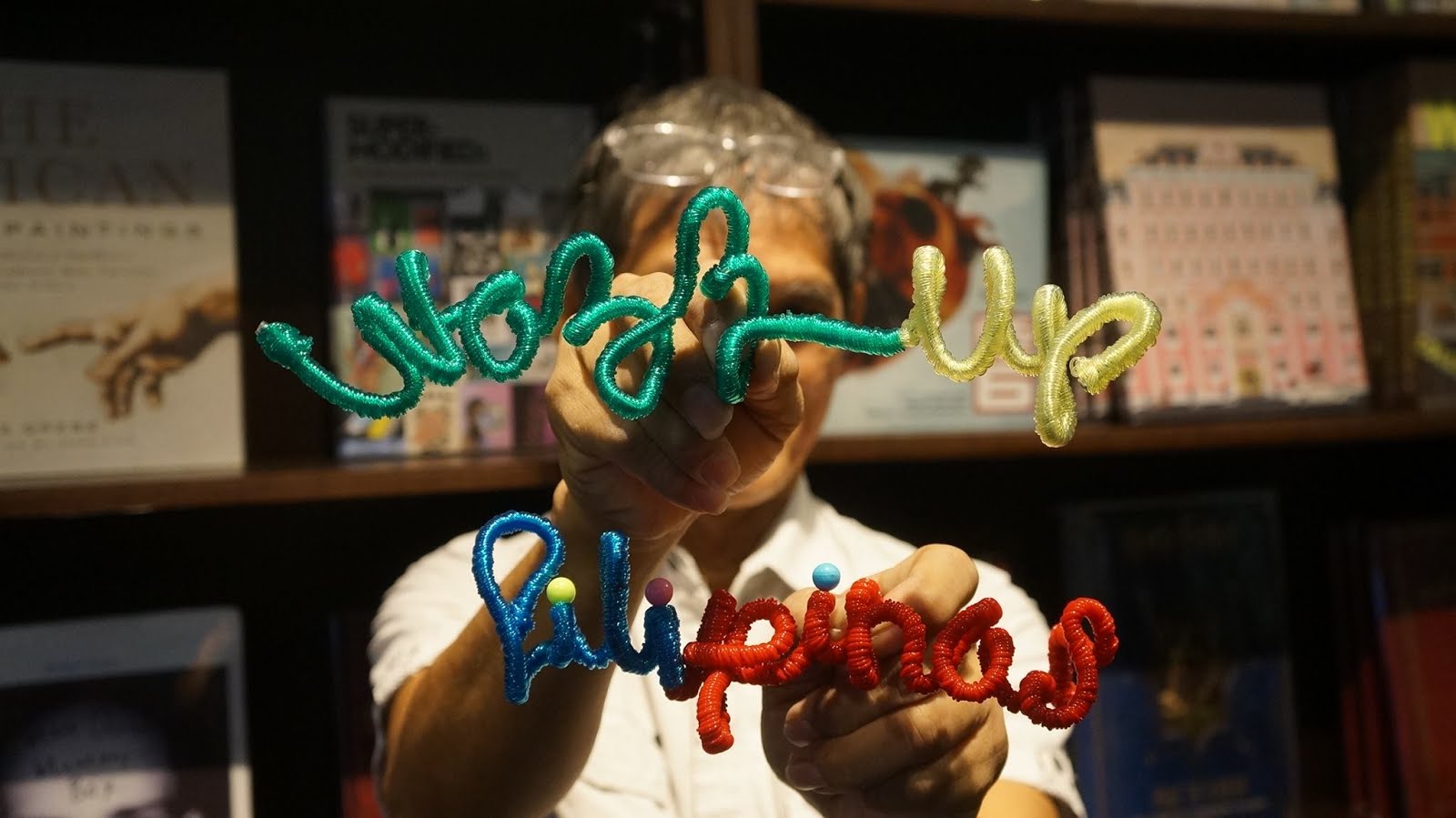
 Ross is known as the Pambansang Blogger ng Pilipinas - An Information and Communication Technology (ICT) Professional by profession and a Social Media Evangelist by heart.
Ross is known as the Pambansang Blogger ng Pilipinas - An Information and Communication Technology (ICT) Professional by profession and a Social Media Evangelist by heart.
